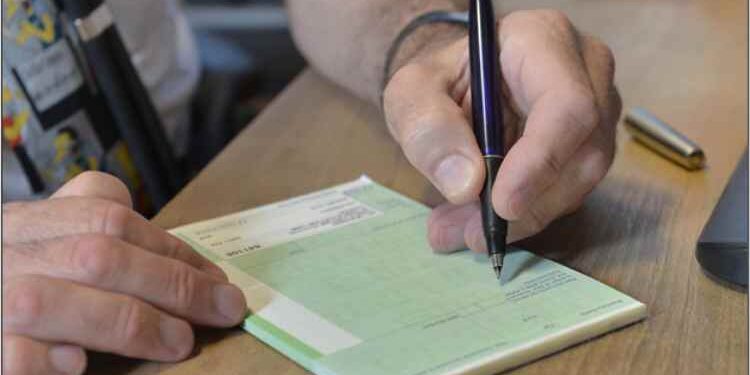A prescription pad is a document used by healthcare providers to write down and authorize instructions for the correct dosage of medications. Medical professionals, such as doctors, nurses, and pharmacists, use the prescription pad to write prescriptions for their patients. Additionally, it can be used by optometrists and dentists to order medical supplies and equipment. A prescription pad usually contains the doctor’s name, address, and contact information, as well as the doctor’s license number. It also includes a blank space for the patient’s name, date of birth, and other relevant information. The doctor’s signature is required on the prescription pad to validate the prescription. This article summarizes the requirements and significance of a doctor prescription pad.
Significance Of Prescription Pads:
A prescription pad is typically printed on carbonless paper, and the top copy is usually kept by the healthcare provider for their records. The bottom copy of the doctor prescription pad is given to the patient.
- The pad serves as a legal document that allows the patient to purchase the medications from a pharmacy. It also allows healthcare professionals to track the patient’s use of medications for better diagnosis and treatment.
- It is a safe and secure method that ensures only licensed medical practitioners are able to write prescriptions.
- Doctors can use a prescription pad to track a patient’s medication history, allowing them to assess when they need to adjust or change a patient’s medications.
Prescription Pads: Want To Know More?
- Prescription pads are legal documents that must include certain information required by the law and must be kept secure.
- In order to help protect against counterfeiting and forgery, the government mandates that prescription pads possess advanced security features such as watermarks, unique serial numbers, and special paper stock.
- These security features can help to detect fraudulent prescriptions and reduce the risk of prescription drug abuse. Additionally, they help to ensure that the prescriptions are authentic and from a legitimate source.
- Pharmacists are required to follow strict protocols to ensure that prescription pads are only used by authorized personnel and kept secure at all times. Misuse of prescription pads can lead to legal consequences.
- Prescription pads should be discarded when they are no longer needed, as they contain sensitive patient information. They should be regularly inspected for signs of tampering or counterfeiting.
You should always order prescription pads from a reputable supplier, and make sure that it meets all the necessary legal requirements. Other factors to consider when ordering a prescription pad are listed below.
Factors To Consider When Purchasing Prescription Pads:
The following factors should be taken into account when making a decision:
Type Of Paper:
When ordering prescription pads, it is important to consider the type of paper being used. The paper should be of high quality to ensure that it is durable and long-lasting. The paper should also be thick enough to prevent it from becoming easily damaged or torn. Additionally, the paper should be acid-free to prevent fading or smudging of the printed text.
Size Of The Paper:
The size of the paper you need depends on the type and amount of information you plan to include on the pads. Common sizes include 8.5″ x 11″, 8.5″ x 14″, and 11″ x 17″.
The prescription pads must include the physician’s name, address, and DEA number. Be sure to confirm that the prescription pad meets all state regulations and is compliant with HIPAA.
Layout And Security Features:
The layout of the prescription pad should include relevant sections such as the patient’s name, address, and contact information; the prescriber’s name, address, and contact information; directions for the medication; and any other relevant information. A doctor prescription pad should also contain appropriate security features, such as holograms or watermarks, to prevent counterfeiting.
